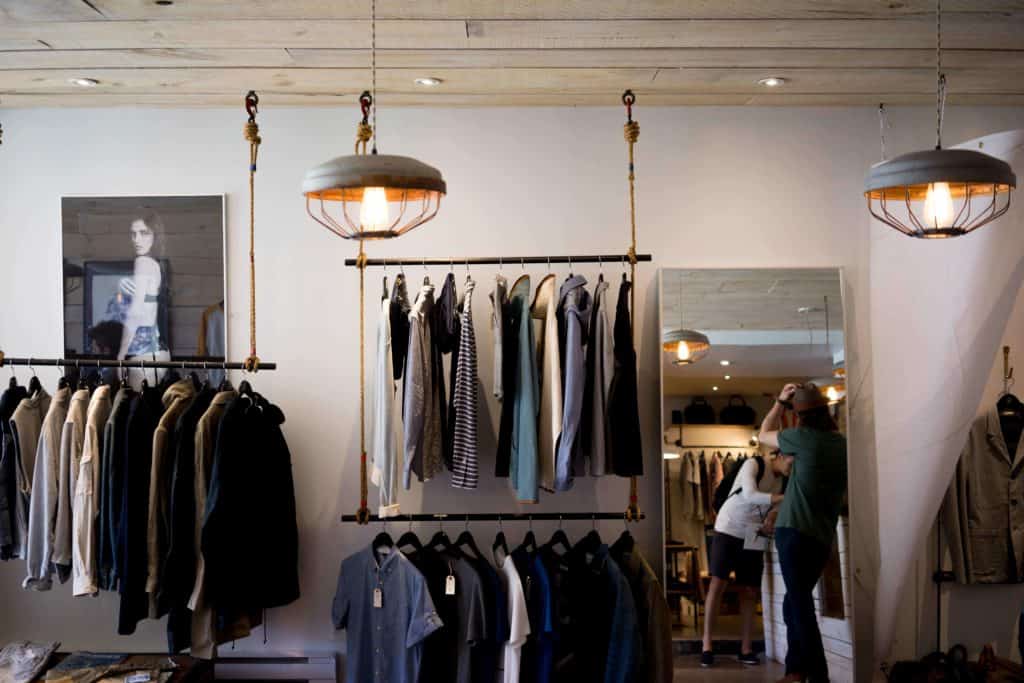Last week proved to be a tough week for retail earnings. While November and December are the two biggest months for retailers, October numbers are particularly important as they indicate how substantial the holiday season earnings will be. If we look at October, the results are anemic. According to Reuters, traditional department stores such as Nordstroms, Dillards, Macy’s and J.C. Penney are experiencing their worst performance since the financial crisis with share prices rapidly slipping. The retailers are citing lackluster consumer spending as the culprit.
Mall-based retailers and brick & mortar stores seem archaic in comparison to the likes of e-tailers like Amazon, Everlane, Revolve and Asos. Just in the past few years, we’ve seen these mega stores transform and innovate to secure their space in the continual retail battle. Macy’s leads the pack with chutes, tablets and ibeacon expansion. Nordstrom launched a texting app linking salespeople and customers, TextStyle, born out of their innovation lab.
But even hipper retailers like Urban Outfitters are echoing similar disappointments, despite making strides in lifestyle & concept stores. In a bizarre move, Urban Outfitters announced today that it will be acquiring a Philadelphia pizza chain. Yes, pizza. CEO Richard Hayne stated that "spending on casual dining is expanding rapidly, and thus, we believe there is tremendous opportunity to expand the Pizzeria Vetri concept.” Stock dipped a whopping 9.4% after the announcement.
At this point, we usually begin to question the relevance of brick & mortar in our digital worlds. However, statistics show that over half of Americans are expected to shop during Black Friday and 59% plan to make a purchase at a physical store during Thanksgiving weekend. The optionality of a retail outlet still appeals to the general population, enough that e-tailers have established pop-up stores around the holidays or year-round outlets. E-commerce golden child Warby Parker began opening up brick & mortar stores to help bridge the online shopping experience and now see 50 percent of their foot traffic and sales driven by word-of-mouth. Amazon softly launched an unassuming retail store in Seattle, with the intent to push the consumer to the app. By pushing pricing to the app, Amazon enables every offer, every recommendation and potentially every price to be personalized to each customer and timed to optimize every transaction.
The secret sauce to retail still remains to be established. But the fashion brands who built their business on digital and technology seem to be outlasting the retailers who adopted e-commerce after establishing their physical stores. Those collecting personal data on their consumers and utilizing that data in store are gaining traction. Love them or hate em, Walmart’s app-wielding customers make twice the shopping trips per month and spend 40% more than non-app users. Apps that enable shoppers to skip checkout lines and check prices online are the innovators who the markets and consumers are placing their bets on.
